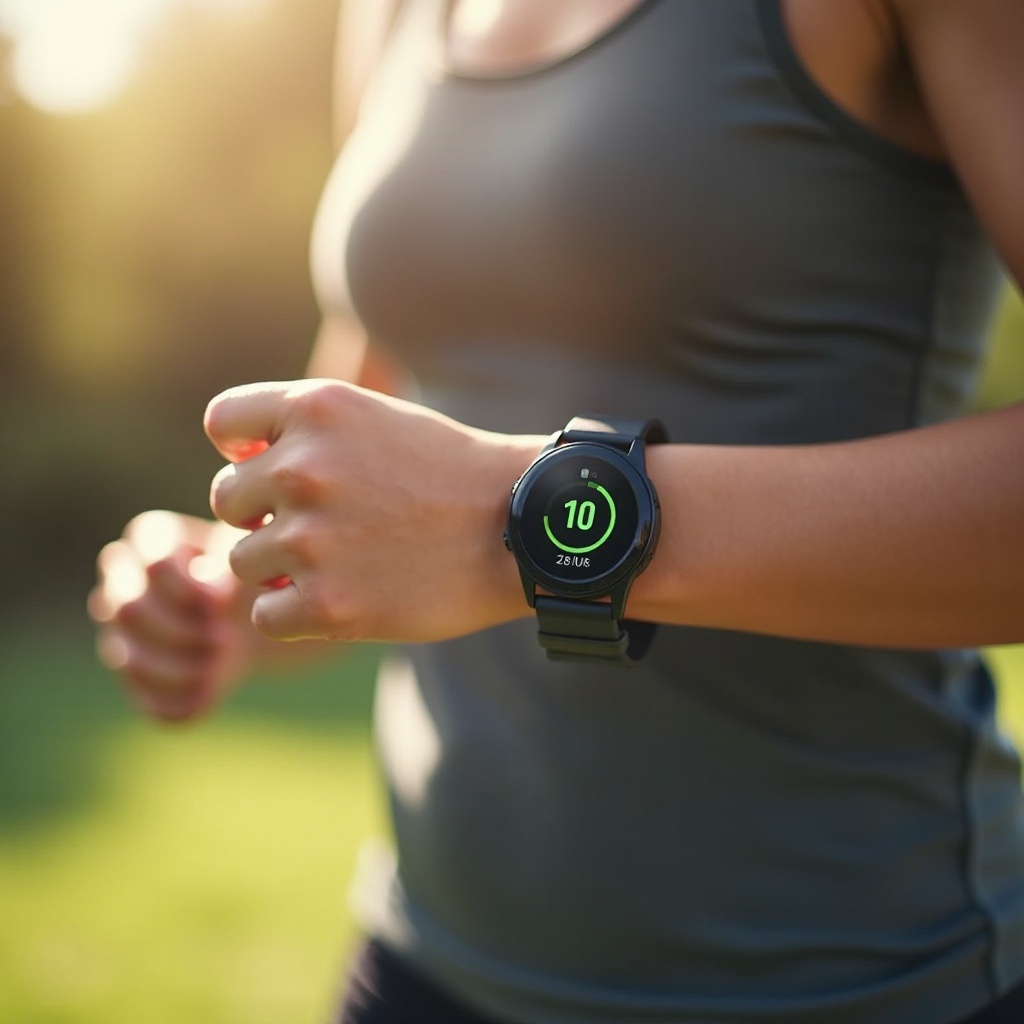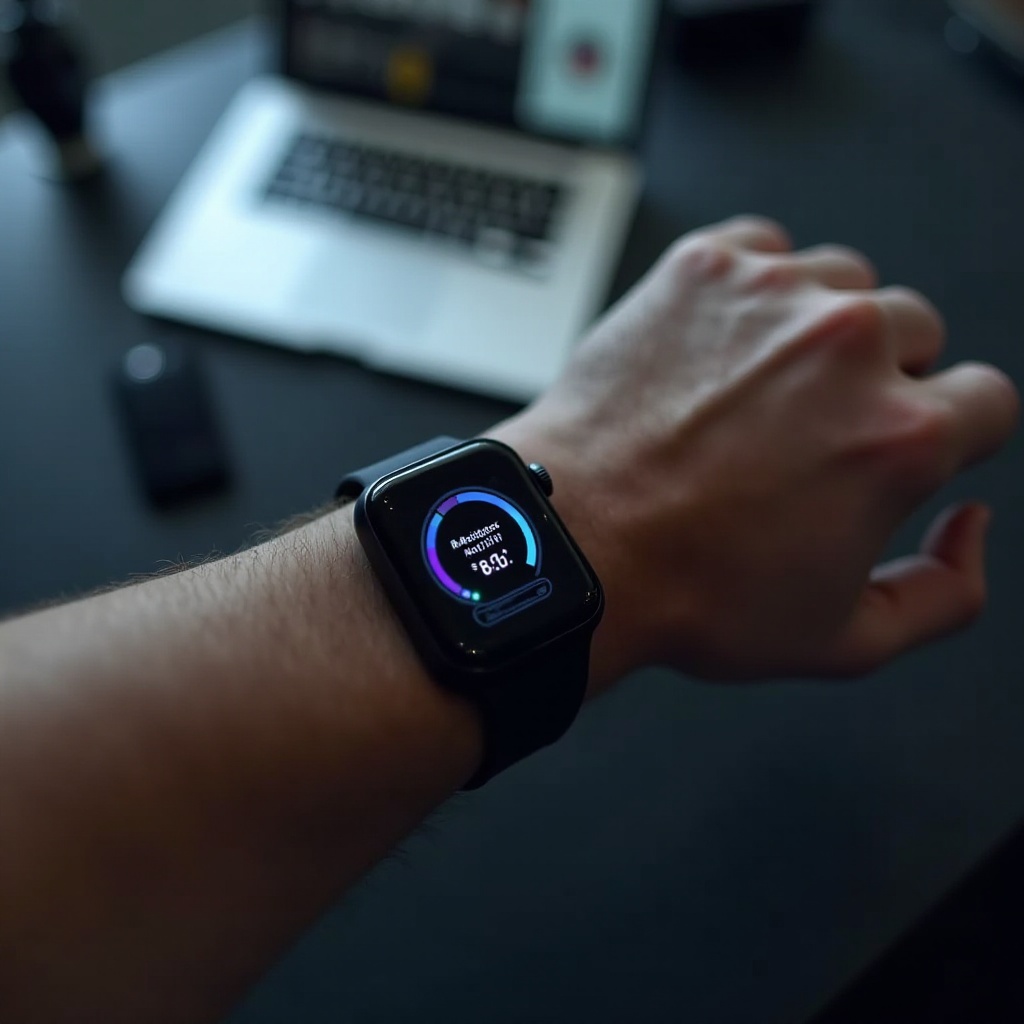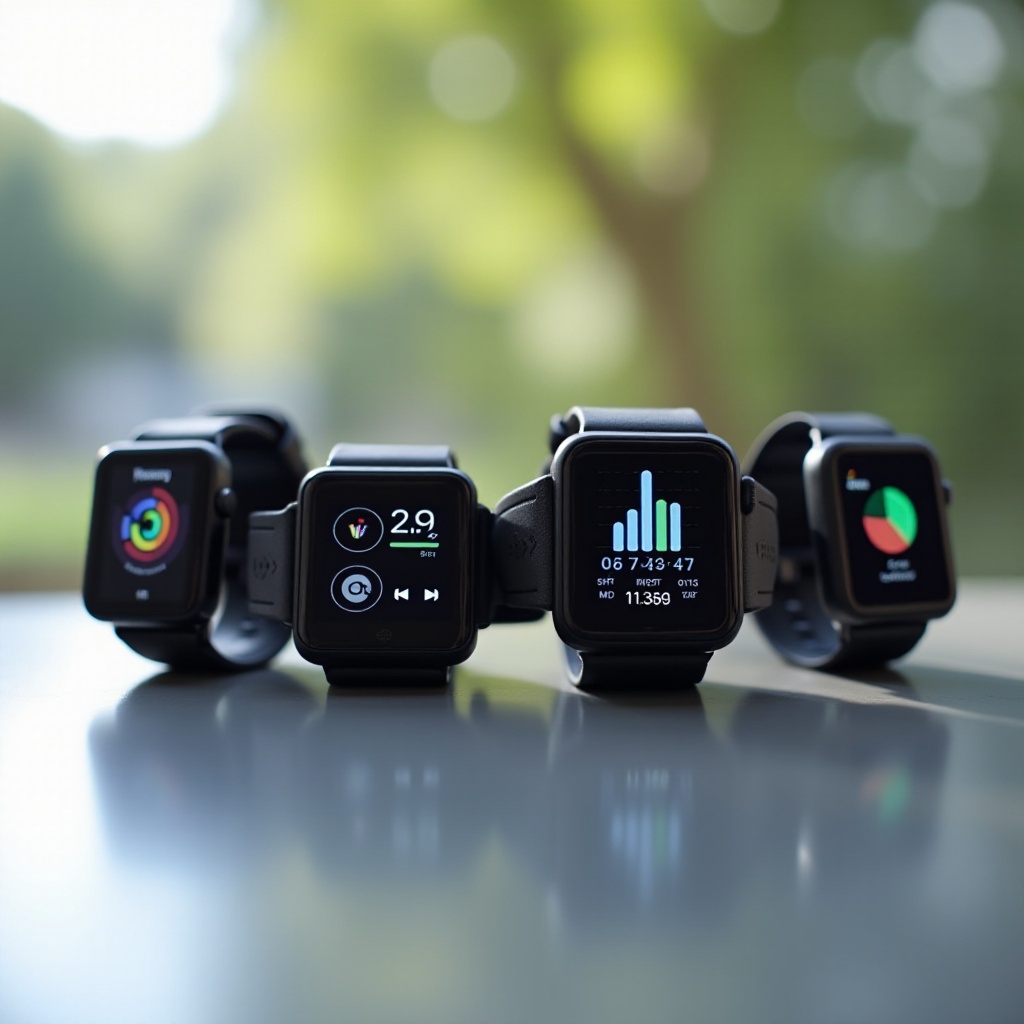Introduction
How a smartwatch counts calories is a fascinating subject that combines fitness knowledge with advanced technology. For fitness enthusiasts and those aiming to lead a healthier lifestyle, understanding this can provide invaluable insight into how their daily activities translate into burnt calories. Smartwatches have become essential tools for tracking fitness metrics, and calorie counting is one of their most sought-after features.
With the help of various sensors and cutting-edge algorithms, smartwatches can provide reasonably accurate calorie expenditure data. However, knowing how these wearables perform this function, and understanding the factors that influence the accuracy of their readings, can help users make the most of their fitness tracking gadgets.

The Science Behind Calorie Counting in Smartwatches
Smartwatches use a combination of biological and motion data to estimate calories burned. At the core of this process is the measurement of your basal metabolic rate (BMR) and the metabolic equivalent of task (MET). BMR calculates the number of calories your body needs to maintain basic physiological functions such as breathing and circulation while at rest. MET, on the other hand, is used to estimate the energy expenditure of various activities.
To determine the calories burned, smartwatches first gather data about the user’s age, gender, weight, and height. This information helps estimate the BMR. The device then uses sensors to monitor movement and heart rate during different activities. By combining BMR with data on activity intensity and duration, the smartwatch can estimate overall calorie expenditure.
Key Sensors and Technologies Used
Several key sensors and technologies work together to facilitate accurate calorie counting:
Optical Heart Rate Sensors
Optical heart rate sensors are among the fundamental components of smartwatches. These sensors use light to measure blood flow through the skin, which helps calculate the user’s heart rate. Since heart rate is directly correlated with energy expenditure, this data is crucial for determining the intensity of various activities and subsequently, the calories burned.
Accelerometers and Gyroscopes
Accelerometers and gyroscopes enable smartwatches to detect motion and orientation. Accelerometers measure linear acceleration, while gyroscopes measure rotational movement. These sensors help track the type and intensity of physical activity, whether it’s walking, running, or cycling. The data collected helps the smartwatch distinguish between different types of movements and calculate corresponding calorie burn accurately.
GPS and Altimeters
GPS sensors track geographical movement, providing data on the distance covered during outdoor activities like running or cycling. Altimeters measure altitude changes, which is essential for activities such as hiking and stair climbing. Tracking the variation in elevation can offer additional insight into the calorie count by considering the effort required for ascending and descending.
Algorithms and Software in Calorie Counting
Once data is gathered by the various sensors, algorithms and software come into play to estimate calories burned. The smartwatch uses complex algorithms to analyze the information collected. These algorithms take into account the user’s BMR, activity type, intensity, duration, and heart rate to compute the total calorie burn.
Often, these algorithms are trained on large datasets collected from multiple users, improving their accuracy over time. The smartwatch’s software continuously learns and updates its calculation methods based on new data. The integration of machine learning techniques also enables the device to make more personalized and precise estimations of calorie expenditure.

Factors Affecting Accuracy
While smartwatches provide valuable insights, several factors can affect the accuracy of calorie counting.
User Demographics (Age, Weight, Height)
The user’s age, weight, and height significantly impact the BMR calculation. Inaccuracies in inputting these details can result in skewed calorie count results. For instance, a heavier person needs more energy to perform the same activity as a lighter person, hence will burn more calories.
Type and Intensity of Activity
Different activities burn calories at different rates. For example, running usually burns more calories than walking. Moreover, the intensity of the activity influences the heart rate data, which directly affects the calorie count. High-intensity activities generally lead to higher calorie burn, and accurate tracking of exercise intensity is crucial for precise calorie estimation.
Environmental and External Factors
External elements such as temperature, humidity, and altitude can affect calorie burn. For example, exercising in a hot environment may increase calorie burn due to the added stress on the body. Similarly, altitude variations can impact energy expenditure during physical activities like hiking. Smartwatches may not always account for all such external variables, which can impact accuracy.
Top Smartwatch Models for Calorie Tracking
Several smartwatch models stand out for their advanced calorie tracking capabilities.
Apple Watch
The Apple Watch is renowned for its accurate fitness tracking features, thanks to advanced sensors and reliable algorithms. It combines heart rate data, motion detection, and user metrics to provide a comprehensive analysis of calories burned during exercise and daily activities.
Fitbit
Fitbit devices, such as the Fitbit Charge and Fitbit Versa, are well-known for their fitness tracking prowess. They offer real-time heart rate monitoring and detailed activity tracking. The Fitbit app also provides a holistic picture by integrating nutrition logs with exercise data, helping users better manage their calorie intake and expenditure.
Garmin
Garmin watches, like the Forerunner and Fenix series, are popular among athletes for their robust tracking capabilities. These watches use advanced sensors to monitor heart rate, movement, and even altitude changes, making them ideal for accurately tracking calories during diverse activities, including running, swimming, and cycling.

Practical Tips for Accurate Calorie Tracking
For precise calorie tracking with your smartwatch, consider the following tips:
- Regularly update user metrics: Ensure age, weight, and height are updated to reflect any changes.
- Calibrate regularly: Some smartwatches allow calibration for specific activities to improve accuracy.
- Wear your watch correctly: Ensure the watch has a snug fit for accurate sensor readings, especially during exercise.
- Sync with food logs: Integrate food tracking apps to compare calorie intake with expenditure for better insights.
Conclusion
Smartwatches use a blend of sensors, algorithms, and user data to estimate calorie burn accurately. While the technology provides valuable insights into physical activities, users must be aware of the factors that may affect precision. By choosing the right model and following best practices, you can improve the accuracy of your smartwatch’s calorie tracking.
Frequently Asked Questions
How accurate are smartwatches in tracking calories?
Accuracy can vary, but most smartwatches are fairly accurate in calorie tracking when properly used and calibrated.
Can a smartwatch replace traditional methods of calorie counting?
Smartwatches can complement traditional methods but should not entirely replace them, especially for medical or dietary needs where precise tracking is crucial.
What should I do if my smartwatch’s calorie count seems off?
Ensure your watch metrics are updated, the device is calibrated, and it fits snugly on your wrist. Environmental factors and incorrect user data can also affect accuracy.

